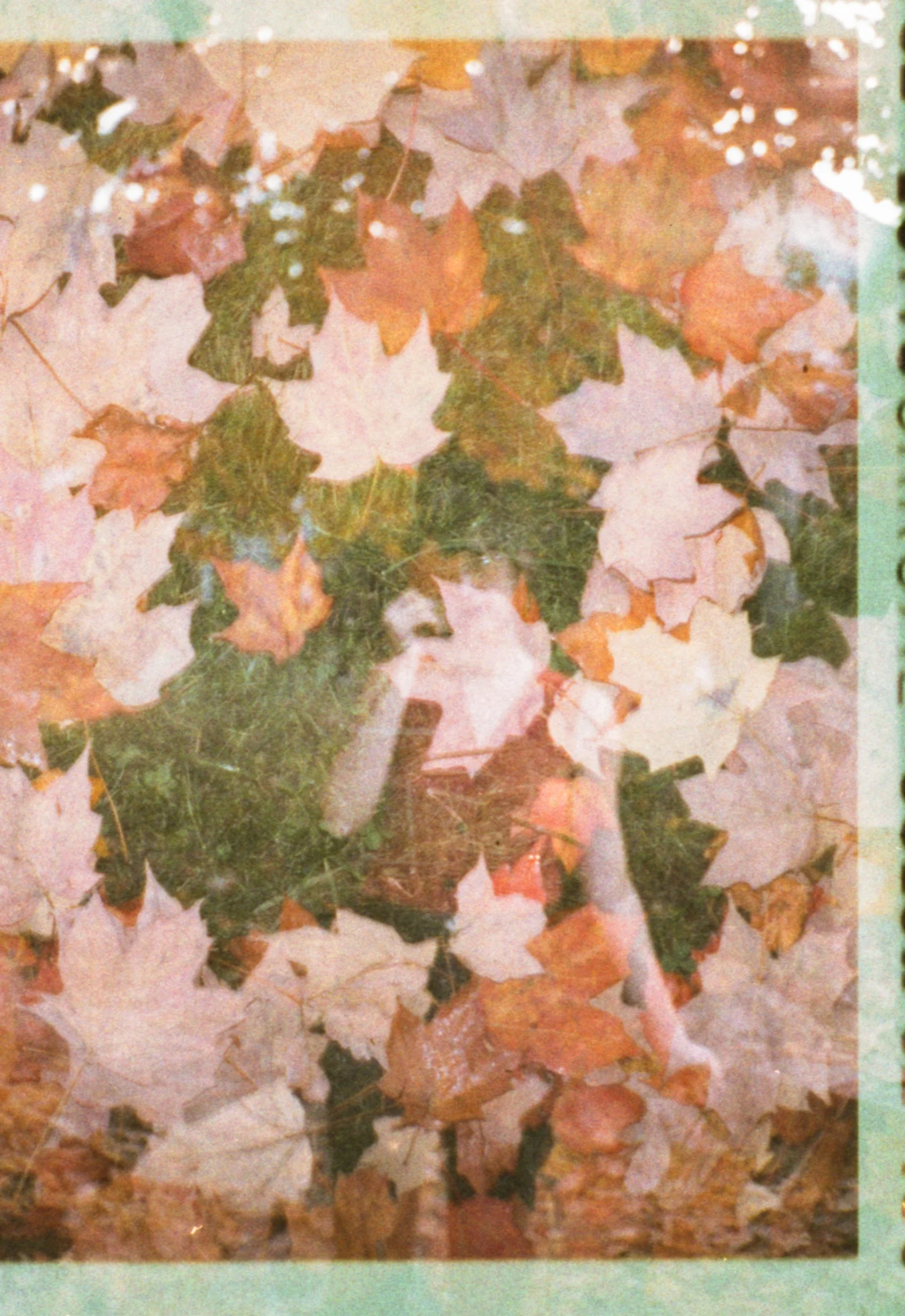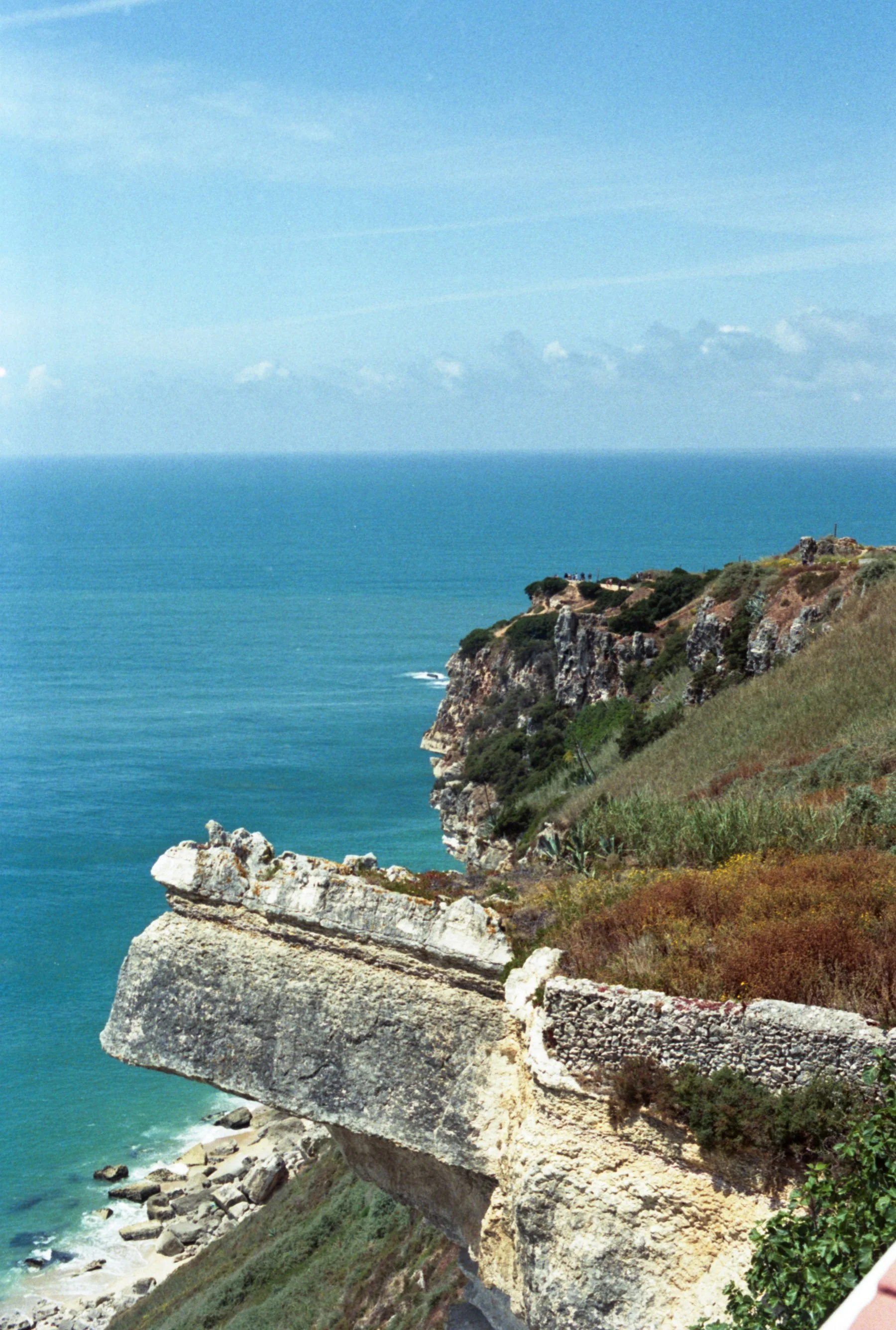(By using the links and/or codes in this blog post it supports Myles Katherine Photography. We may get a small kick back by you doing so.)
I’m so excited to team up with Lomography for this blog post featuring the Lomomatic 110 Zebra Crossing Camera. I’ve been wanting to try out a 110 camera for years and it was honestly as fun as I’d hoped. There are a lot of things I love about this camera, but there are also a few snags I ran into that I’m hoping to sort out while shooting my next roll of film. As with any film camera, it takes some time and patience to learn a new camera, and especially a new film format. 110 film has been around since the 1970s and is known for it’s retro vibes and easy-to-load film cartridges. You can find vintage 110 film cameras on Etsy and eBay, but Lomography went above and beyond and created their own version of the 110 camera. They have tons of different styles and colors, but I wanted to share the pros and cons I discovered through my first two rolls of film with the Lomomatic 110 Zebra Crossing, so that your experience using 110 film goes smoothly and you end up with beautiful photos!
PROS OF THE LOMOMATIC 110
Perfect for Travel
I think my favorite thing about this camera is the portability. It’s so small and convenient. It was super easy to take with me wherever I went. I used the wrist strap most of the time, which made it simple to use quickly when I stumbled across something I wanted to photograph. It’s definitely one of the smallest cameras I own, and it’s nice that I don’t have to worry about a detachable lens or anything like that that might get damaged easily. You guys know I like to travel with at least 5-8 cameras and the fact that I can squeeze this camera in any camera bag is a huge pro for me, and means I can take it with me on more adventures!
The Photos are Grainy & Vibe-y
I wasn’t expecting super sharp photos going into this process, but the photos are even more old school that I thought they’d be. I absolutely love vintage-looking photographs with lots of grain that look like they’re from hundreds of years ago. There is something so addicting about creating photographs that are strange and unusual (because I, myself, am strange and unusual). I know that not everyone feels the same way, but I encourage you to step outside your comfort zone! This camera will definitely make you do that. :) I did learn that this camera requires a lot of light to function properly, so I’d recommend only shooting in very bright conditions, or using the flash if you’re inside or in the shade. You’ll notice some of my images have motion blur or aren’t fully in focus, and that’s because the images were taken close to sunset and the shutter was too slow. Next time, I’ll be sure to shoot in full daylight with this camera. It’s also important to make sure you have the correct distance setting for each image before you take it.
Lots of Creative Features for Such a Small, Affordable Camera
I was surprised by how many different options and features this camera is capable of. If you follow my work, you know I’m obsessed with multiple exposures. The fact that this camera has a dedicated multiple exposure button is a huge plus for me. I’m actually going to be ordering more 110 film today because now that I’m sitting here writing this blog post, I feel antsy to test out another roll! I’ve learned so much with my first two rolls and can’t wait to learn from my mistakes and go into it with a little more user knowledge. It also has various distance settings, a flash, flash filters, a bulb setting, and two aperture settings - day (f/5.6) & night (f/2.8). For such a tiny camera, the creative control is really nice.
CONS OF THE LOMOMATIC 110
The Film Doesn’t Advance Occasionally
The main issue I have with this camera is that sometimes the film doesn’t advance when you close it and pull it back open. The film counter will sometimes stay on the same number. I’ve watched a few videos from other photographers and they seem to run into the same issue. However, on my second roll of film, I think I figured out what was happening. You have to make sure you push the shutter button down all the way when taking your photo. I believe what happens is that you think you’ve captured your image, but really, the shutter wasn’t decompressed and you actually didn’t even take your photo! If you just make sure to fully push the button all the way, you should be totally fine.
The Frames Become Misaligned
By the end of both of my first two rolls of film, I noticed the frames became misaligned. This is probably because I began to close the camera and then changed my mind and opened it back up. So, essentially, the film began to advance a little but then was stopped. So, whatever you do, make sure to fully open and close the camera in between shots and you shouldn’t run into this problem. I’ll be testing this theory out again with my next roll of film, but it makes sense that halfway closing the camera would cause the frames to get out of line.
Film Development is Expensive
It’s difficult to find labs that will process 110 film. Personally, I used Blue Moon Camera in Portland, Oregon. I also had to buy a 110 film holder for my Epson Perfection V750 Pro Scanner so that I could save some money by scanning the film myself. It was a bit of an investment just to experiment with this camera. However, I do think that I’ll feel a bit better about the whole thing if I follow the tips mentioned above for my next roll of film. It’s definitely more of a hobby camera and not something I would use at a client photo shoot, mostly because I don’t have the functionality fully down yet. I’m hoping in the future I will feel differently.
(example of the frames being misaligned)
FINAL THOUGHTS
I’m so glad that Lomography has created their own 110 camera. It’s incredibly important as photographers and hobbyists to support these dying film formats. I love that 110 film hasn’t disappeared from the world yet and that Lomography is working to keep it alive. While I do think that the camera has a few glitches and requires a bit of a learning curve, it was still an absolute blast to use. It might even be the most fun I’ve had in years trying out a new camera. I plan to test out more of the fun features with my next roll of film.
The Lomomatic 110 is something special though. You’ll be hard-pressed to find another company that values film photography as much as Lomography. The fact that they’ve put time into developing a 110 camera, along with a handful of different film options to choose from, is truly a miracle in today’s world. I always love checking out what Lomography is up to and the new cameras that they release.
I’m honestly so excited to try this camera out again and see what I end up with. I recommend shooting only one roll for your first time so that you can learn from any mistakes you might have made. Make sure to check the aperture, ISO, and distance settings before taking each shot too. I had the wrong distance setting for a few of my images and it definitely makes a difference if you want your images as sharp as possible with a camera like this.
While it is a pricey venture to get into shooting 110 film, it’s always fun for me to try out new cameras and learn something about photography along the way. As my first 110 film experience, it was exciting and different for me. I get bored easily and this camera kept me on my toes. I’ll be sure to share my next roll of film with you!
WHERE TO BUY
Lomomatic 110 Camera & Flash
eBay.com (used)
Etsy (vintage 110 cameras)
110 Film Cartridges
Etsy (vintage 110 film)
If you found this post helpful or inspiring, I’d love it if you considered signing up for my Patreon! For as little as $1 a month, you’ll get early access to all of my YouTube videos, plus tons of photos that I don’t post anywhere else. Depending on which tier you choose, you could also receive seasonal prints and/or discounts! I always use all of the proceeds towards cameras, film & processing.
If you have any questions, I’m always happy to help! You can contact me here, or leave a comment below! Thanks so much for stopping by! You can also check out my B&H Photo storefront & Amazon Storefront for more camera/film recommendations. :) Have a magical day!
<3 Myles Katherine













































































































